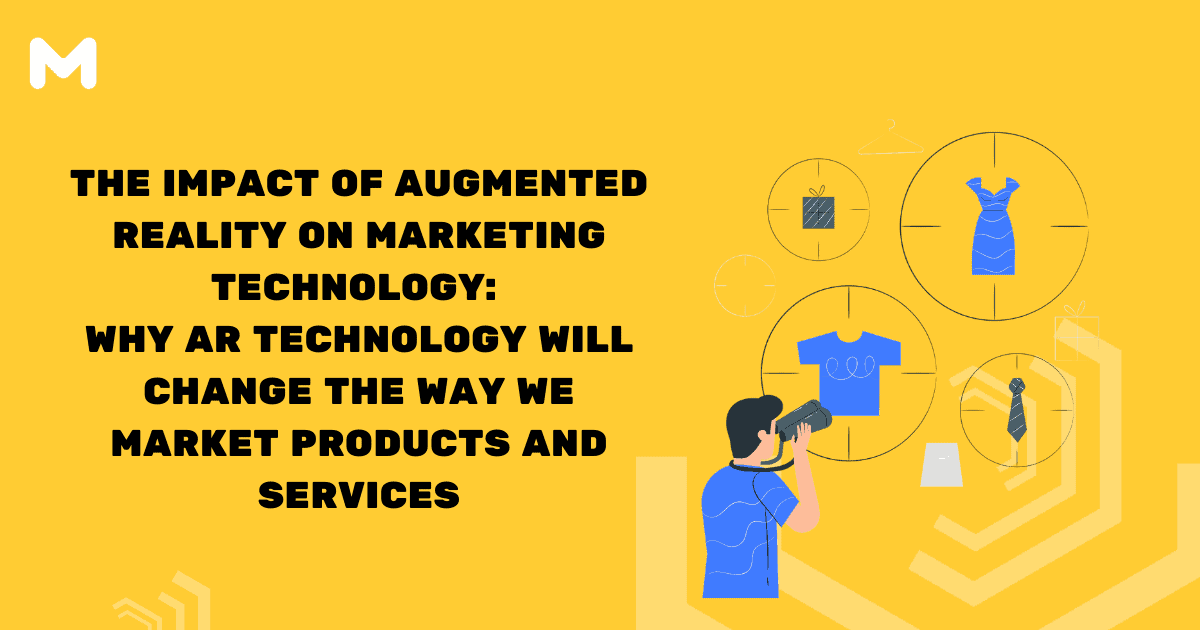The world of marketing is constantly evolving, and technological advancements are driving this change. One such innovation that has taken the marketing industry by storm is augmented reality (AR). AR is an interactive technology that overlays digital content onto the real world, creating a mixed reality experience. In this article, we will delve into the impact of augmented reality on marketing technology and how it will change the way we market products and services. AR allows marketers to provide immersive and engaging experiences that capture consumer attention like never before. By incorporating high quality images in marketing campaigns through AR, brands can create visually stunning and interactive advertisements that leave a lasting impression. This technology not only enhances storytelling but also bridges the gap between the digital and physical worlds, revolutionizing customer interactions.
Enhancing Customer Engagement
AR technology has the potential to take customer engagement to the next level. It allows brands to create interactive and immersive experiences that captivate their audience. For example, imagine a furniture company using AR to create a virtual showroom that customers can explore from the comfort of their own homes. This would allow customers to see how the furniture would look in their own space, increasing the likelihood of a purchase.
Providing Personalized Experiences
AR technology can also be used to provide personalized experiences for customers. By using data such as browsing history and purchase behavior, brands can create AR experiences that are tailored to the individual. For example, a fashion retailer could use AR to show customers how an outfit would look on them, taking into account their body shape and size. This would create a more personalized and engaging experience for the customer, increasing the likelihood of a purchase.
Creating Memorable Brand Experiences
AR technology can also be used to create memorable brand experiences that stick with customers long after they have interacted with the brand. For example, a makeup brand could create an AR experience that allows customers to try on different makeup looks virtually. This not only provides a fun and interactive experience but also creates a lasting impression of the brand.
Revolutionizing Advertising
AR technology has the potential to revolutionize advertising by making it more interactive and engaging. For example, a car company could use AR to allow customers to see how a car would look in their driveway, or a travel company could use AR to give customers a virtual tour of a destination. This would make advertising more immersive and interactive, capturing the attention of customers and increasing the likelihood of a purchase.
In conclusion, the impact of augmented reality on marketing technology cannot be overstated. From enhancing customer engagement to providing personalized experiences, creating memorable brand experiences, and revolutionizing advertising, AR technology has the potential to transform the marketing landscape. As the technology continues to evolve, it will be interesting to see how brands continue to leverage AR to connect with their audience in new and exciting ways.
